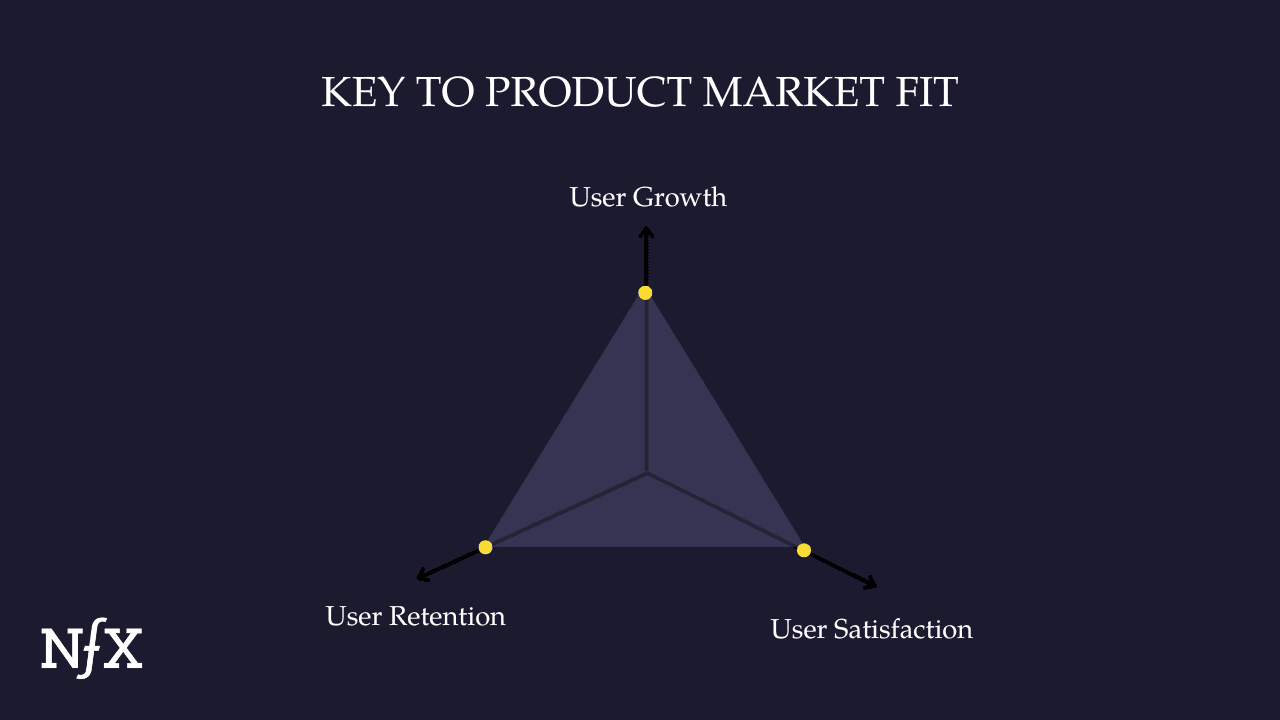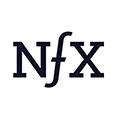Product market fit is when your startup has found a good market and entered with a product that can satisfy the needs of that market. As a startup founder that has found product market fit, you’ve found customers who not only know that they want a solution to a problem they have but who also recognize that your solution satisfies their needs.
Finding product market fit is usually a long, sustained period of user/customer growth and low churn because a majority of your users have fallen in love with your product. This is also something that investors look for when investing in the later stages of your company.
As a founder, your goal is to find product market fit before you run out of runway to keep your startup operating. However, product market fit is typically a lagging indicator that you as a startup founder have built a strong, defensible company.
How to find product market fit?
When starting your startup’s journey to finding product market fit you should break down your company into two buckets.
- Identify a good market, and also find the “fast-moving water”
- Identify how every new user that joins your product adds value to every other user via a network effect
What’s the difference between Product Market Fit (PMF) and a Minimum Viable Product (MVP)?
Frequently confused, an MVP is building a product that meets the minimum requirements to fulfill a customer’s needs better than anything else currently available. This is far different from product market fit, which is when you’ve now experienced a long, sustained period of user growth and low churn.
An MVP is the first iteration of your product/service and is a phrase popularized from the Lean Startup framework, which fundamentally aims to help you as a founder get out and test your idea with customers.
While testing your minimum viable product with customers, you’ll gather significant feedback that’ll help you better identify the needs customers have. Once you strike gold and fulfill those needs and do it consistently over a long period of time your product or service will no longer be an MVP and your business will have reached product market fit.
How to pick the right market for your startup?
When identifying a market that has a need and is willing to pay, you also need to identify which markets may have had some new technology to enable new products or experiences for users. When thinking about if you’re building in the fast-moving water for the time, you should keep your eye out for these three signals:
Look out for:
- Technology shifts that enable something new to happen
- Low-quality products that are doing suspiciously well
- If you show your idea to a customer and they have a physical reaction
Picking the right market is a huge part of building a startup with a high likelihood of success in finding product market fit as it gives you significantly more customer data points to work off of. Everything has its time, find the right market at the right time, and you increase your odds of finding product market fit.
When to start your startup?
To find product market fit, you not only need to build a great product that users love, but you also need to make sure you’re entering into a market at the right time. A classic example of this is in the smartphone industry.
Palm pilot came out in 1996 and had nearly all the same features as the first iPhone, but due to the telecom industry not being fully matured that early on, the palm pilot never caught on in the same way Apple’s iPhone did in 2007.
When thinking about starting your business, make sure to track when an inflection point in technology or policy has spurred an influx of customer demand. Startup timing is just as important as building a great product, and without entering at the right time, you could do everything else right and never find product market fit.
How to test for product market fit?
To test for product market fit, you should survey your users/customers to gauge how valuable they find your product. Rahul Vora of Superhuman came up with a 4 question survey to help founders gauge the value their product is providing in the pre-product market fit stages.
The survey questions:
- How disappointed would you feel if you could no longer use (Your Product)?
- Very disappointed (You want this)
- Somewhat disappointed
- Not disappointed
- What type of people do you think would most benefit from (Your Product)?
- What is the main benefit you receive from (Your Product)?
- How can we improve (Your Product) for you?
The key is to measure those who use your product and respond with “Very disappointed” as it will give you an indication of who you should be building for and if you’re delivering value to any users. The follow-up questions help give your product team more information about the user who would be very disappointed if your product disappeared.
The opportunity with surveying users this way is you can now show on a graph over time how close you are to product market fit. If most of the responses are “very disappointed” you’re likely starting to feel the pull of product market fit.
Recommended Reading
Your education around product-market fit won’t be complete until you explore these essays.
For those of you curious about the common situations that are misinterpreted as product market fit, read this essay → 10 Places To Find Product Market Fit
If you’re curious about how to build products to reduce churn and get to product market fit faster, tune into this podcast → Superhuman Product Frameworks
Finally if you have an idea and wondering if now is the right time to build your startup, this essay will help you → Why Startup Timing Is Everything
As Founders ourselves, we respect your time. That’s why we built BriefLink, a new software tool that minimizes the upfront time of getting the VC meeting. Simply tell us about your company in 9 easy questions, and you’ll hear from us if it’s a fit.

